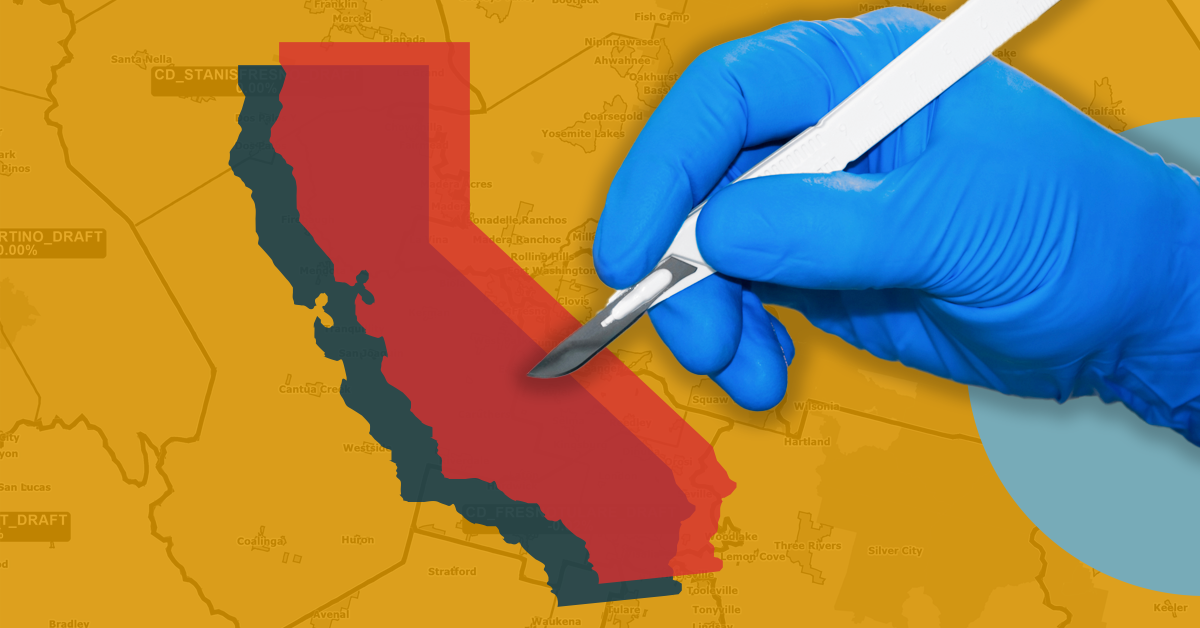California will lose a Congressional seat for the first time ever, as revealed by the 2020 U.S. Census results that were released on Monday.
California, the nation’s most populous state, has long had the most seats in the House of Representatives. For the last two decades, that total came in at 53.
However, the census results have shown limited growth in the state over the last 10 years, and California’s Congressional apportionment in Congress will dip to 52.
Matt Rexroad with Redistricting Insights – a firm that provides redistricting services to counties across California as well as several states – was unsurprised by Monday’s news.
“That’s exactly what I would have expected,” Rexroad told The Sun. “If anything other than California losing a seat would have happened, I would’ve been really suspect about the data that’s coming later this year. That doesn’t mean there are no problems with the data, but had we lost three seats or picked up three seats, then I would have been very concerned.”
The California Redistricting Commission will not be able to start drawing new district lines until it receives further data from the U.S. Census Bureau in September.
But now that California is officially slated to lose a seat, which part of the state will be affected the most?
The answer could point to a minor shakeup in Southern California, leaving the Central Valley relatively untouched.
“The Central Valley has grown, obviously, quite a bit here over the last decade, and it’s grown faster than a lot of other parts of California, particularly LA County. So LA County has not grown as fast as the rest of it, and it’s 10 million of the 40 million people.
That’s why when people say, ‘Which district goes?’ – Well, No. 1, district No. 53 is no longer going to exist. We’re not going to have a 53rd seat, we’re only going to have 52, and LA County just didn’t grow by as much and it’s such a big part of the population of California. But probably those seats in LA just end up extending out a little further – no trap door happens and have them all just go away.
Overall, California’s 2020 population came in at 39,538,223. That’s an increase of about 2.3 million people from a decade ago, good for a 6.1 percent change.
And though California had the third-largest increase, its percent change came in 24th in large part due to the number of people who have exited the state in recent years.
“With the State of California, what I can tell you is that from our population estimates program, we know that over the last decade that California has actually experienced natural increase where they were able to gain population because there were more births than deaths,” said Karen Battle, the head of the U.S. Census Bureau Population Division, in a press conference.
“They also had positive net international migration. But California did have negative net domestic migration, where again there were more people moving out of California than moving into California. So that contributed to the population count and census.”









